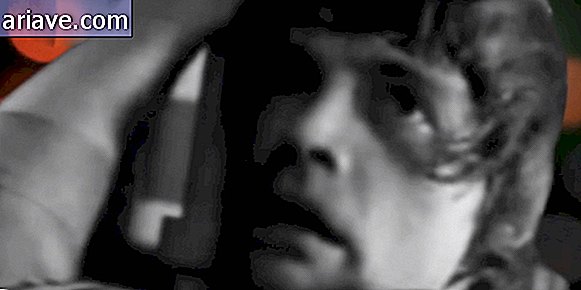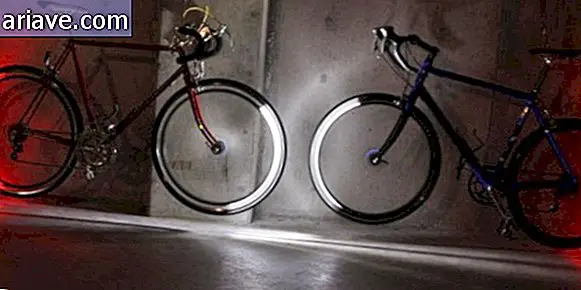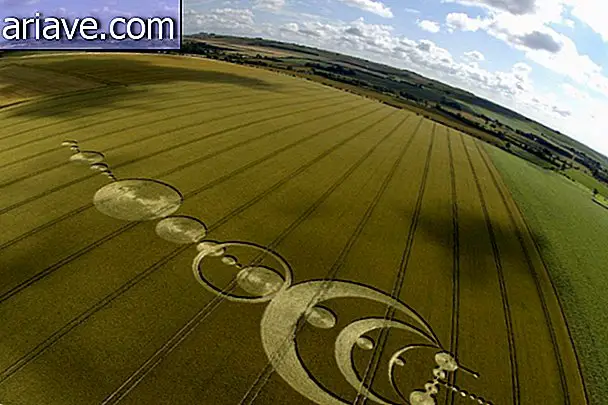Be amazed by a 1925 architect's vision of the City of the Future
You may have read stories about how the future was imagined decades ago - if you haven't seen it yet, click on this link, this and this too to see some examples! Most of the time, people came up with cities with flying cars rivaling airspace with aircraft, ultra-modern buildings, overhead highways, crazy gadgets, and so on.
However, some thinkers got it right about how we would live today - and even came up with ideas that should be adopted. One such guy was Harvey W. Corbett, who in 1925 was president of the Architectural League of New York and made a number of interesting (and accurate) predictions of what the City of the Future would look like.
Interesting solutions

According to Charlie Sorrel of the Fast Company portal, Corbett's vision was presented with hand-made illustrations by him in an article in Popular Science magazine, and many of the ideas became - and many more should come true -. According to Sorrel, at the time the idea prevailed that large cities would undergo strong decentralization.
However, Corbett was against this prediction and insisted that the large centers would grow and gradually become more populous. Therefore, architects should focus on creating solutions for increasing population and traffic.

In his projects, Corbett moves the streets underground and creates a multi-level system connected by ramps where the deepest level corresponds to the highest-speed roadways. In addition, Corbett also envisions a network of pipes for shipping and delivering goods - which would be very useful today with the popularization of online shopping.
Human focus

In Corbett's designs, parking lots would also be “hidden” under the ground, and the population could move across a vehicle-free surface. All of this would work with a vast subway system. At the time, New York City already had underground trains, but the network imagined by the architect only began to take shape 15 years after his prediction.
Another prediction that came true was the clovers that allow the interconnection between urban roads and highways, with ramps, levels and intersections. However, the most interesting thing is that the population comes first in the projects, as the city surface becomes a space dedicated to pedestrians and cyclists, and access to the underground transportation system is made by escalators.

In addition, according to Sorrel, Corbett is right with the idea of mixed-use skyscrapers - concentrating offices, restaurants, residential apartments, spaces for learning and leisure etc. - which we see today in various cities. But the architect proposes something better: these buildings would be built on every block, making the business districts that are currently deserted at night or on weekends no longer exist.











